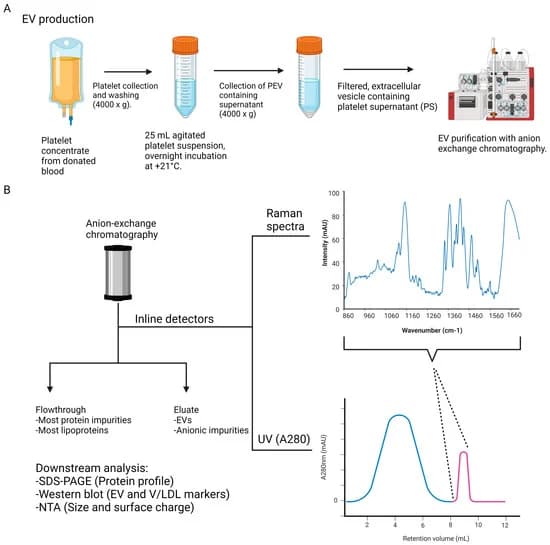Enhancing photocatalytic hydrogen evolution using a novel heterojunction
A research paper titled Interfacial linkage modulated amorphous molybdenum sulfide/bismuth halide perovskite heterojunction for enhanced visible-light-driven photocatalytic hydrogen evolution has been published in the Applied Catalysis B: Environment and Energy by researchers He Zhao, Rossella Greco, Rafal Sliz, Olli Pitkänen, Krisztian Kordas, and Satu Ojala.
This research article focuses on enhancing photocatalytic hydrogen evolution using a novel heterojunction. The study introduces a strategy to tailor the interface of hybrid tri(dimethylammonium) hexaiodobismuthate (DMA3BiI6) and amorphous molybdenum sulfide (a-MoSx) heterojunctions. The key innovation lies in creating an interfacial Mo–S–Bi linkage, which promotes efficient charge transfer. The resulting heterostructures demonstrate improved visible-light-driven photocatalytic hydrogen evolution, achieving a high hydrogen evolution rate and quantum efficiency. The authors conduct detailed physicochemical characterization and photoelectrochemical experiments to elucidate the charge transfer mechanisms and demonstrate long-term stability. Ultimately, the findings suggest a promising approach to improve the photocatalytic performance of bismuth halide perovskite-based systems for solar-to-fuel conversion.
The Timegate PicoRaman instrument using Timegated® Technology was utilized to analyze the structure of amorphous molybdenum sulfide (a-MoSx). This analysis revealed several vibration bands, with peaks at 380 and 403 cm-1 corresponding to the vibrational modes of a particular form of molybdenum sulfide (2H-MoS2). These modes were broadened in a-MoSx, indicating defects such as sulfur vacancies. Additional peaks related to the distorted lattice of a-MoSx were also identified. The shift of one peak to a lower value suggested a weakening of molybdenum-sulfur bonds due to sulfur vacancies, further supported by another broad peak, leading to the conclusion that a-MoSx consists of disordered 2H-MoS2 with sulfur vacancies. Based on the analysis of the Raman spectra, it was presumed that the a-MoSx consists of disordered 2 H–MoS2 with S vacancies.
Read more from the open-access article here.
Abstract
Bismuth oxybromides (BiOBr) are promising visible light activated photocatalysts for degradation of pharmaceuticals in water. However, light absorption of BiOBr is limited to a narrow range of visible light and the rate of electron-hole recombination is quite high. Bi-rich bismuth oxybromides, such as Bi3O4Br and Bi24O31Br10 as an improvement to BiOBr are expected to show better band structure, optical properties, and charge carrier separation efficiency. In this study, BiOBr, Bi3O4Br, and Bi24O31Br10 were synthesized using a controlled solvothermal method. The photocatalysts were synthesized at 110 °C, 160 °C, and 180 °C for 18 hours. It was found that pH and temperature affect the structure, morphology, and crystallinity of the final products. BiOBr is achieved at pH around 1, while alkaline pH leads to formation of bismuth-rich oxybromides such as Bi3O4Br and Bi24O31Br10. An increase in the Bi/Br atomic ratio leads to changes in electronic band structure and better photocatalytic activity in paracetamol degradation. Among the photocatalysts, Bi3O4Br-160 °C demonstrated superior visible light activity with 80 % degradation of paracetamol and 50 % total organic carbon removal in 360 min. Based on the characterization and DFT modeling, this photocatalyst had highest conduction band minimum improving superoxide formation and better charge carrier separation efficiency. This study provides in-depth and detailed characterization of the BiOBr, Bi3O4Br, and Bi24O31Br10 and shows their activity as visible light-driven photocatalysts.
Contact us for more information on Timegated® Technology for Environmental and Energy applications.



